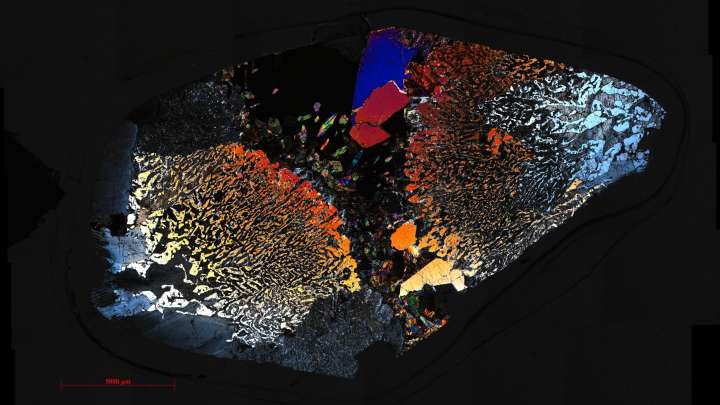The Secrets Of Life Half A Mile Beneath The Seafloor
Microbial communities have been found 750 meters (2,500 feet) beneath the bed of the ocean, adding to the list of hostile places where life manages to survive. Unsurprisingly, the cellular activity of the species recovered is very low, but the remarkable thing is that it happens at all, considering the challenges of getting access to energy and carbon in a location like this.
Scientists have been repeatedly amazed at the discovery of how deep within the Earth’s continental crust life survives. The current record find is 3.2 kilometers (2 miles), but given the challenges of seeking even deeper, there are probably more distant examples yet to be discovered. We also know that life – including some affected by our plastic pollution – exists in the deepest parts of the ocean.
Dr Virginia Edgcomb of the Woods Hole Oceanographic Institute led a team analyzing samples collected in one place we’ve barely checked, far below the Indian Ocean’s Atlantis Bank. Bringing the microbes to the surface alive, let alone culturing them, would be an enormous challenge, but the genes and proteins detected give us hints on how they live.
“We applied a completely new cocktail of methods to really try to explore these precious samples as intensively as we could,” Edgcomb said in a statement.

Benoit Ildefonse (left) and Virginia Edgcomb select a sample for microbiology during the expedition at the Indian Ocean’s Atlantis Bank. Jason Sylvan, TAMU)
In Nature, Edgcomb reports that the genes identified indicate the lifeforms occupying this niche use a wide diversity of strategies to survive on what little material comes their way. Most apparently operate like organisms in a cave, consuming the remains of dead things that fall to their level. Others live by turning nitrites into ammonium, while some degrade polyaromatic hydrocarbons, something few lifeforms can manage.
Despite this diversity, the density of cells Edgcomb found is very low, indicating nutritional scarcity. Nevertheless, regions like this make up so much of the planet, their inhabitants may represent a substantial portion of life on, or in this case under, the Earth. Whether they have any influence on those above, and if so what, remains unknown.
The authors conclude that fluids circulate through fractures in the crust, bringing gasses such as hydrogen, carbon dioxide, and methane, along with organic materials, to the hungry organisms. There are probably long waits between feeds, leading to slow metabolisms and a capacity to store carbon for long periods of time.
“They seem very frugal,” Edgcomb said.
The microbes were available for Edgcomb to study because geologic forces have brought part of the lower oceanic crust to just 700 meters (2,300 feet) below sea level on the Atlantis Bank, making it practical to drill into it. Most oceanic crust is covered by several kilometers depth of ocean, and therefore far less accessible.

Read more: https://www.iflscience.com/plants-and-animals/the-secrets-of-life-half-a-mile-beneath-the-seafloor/



